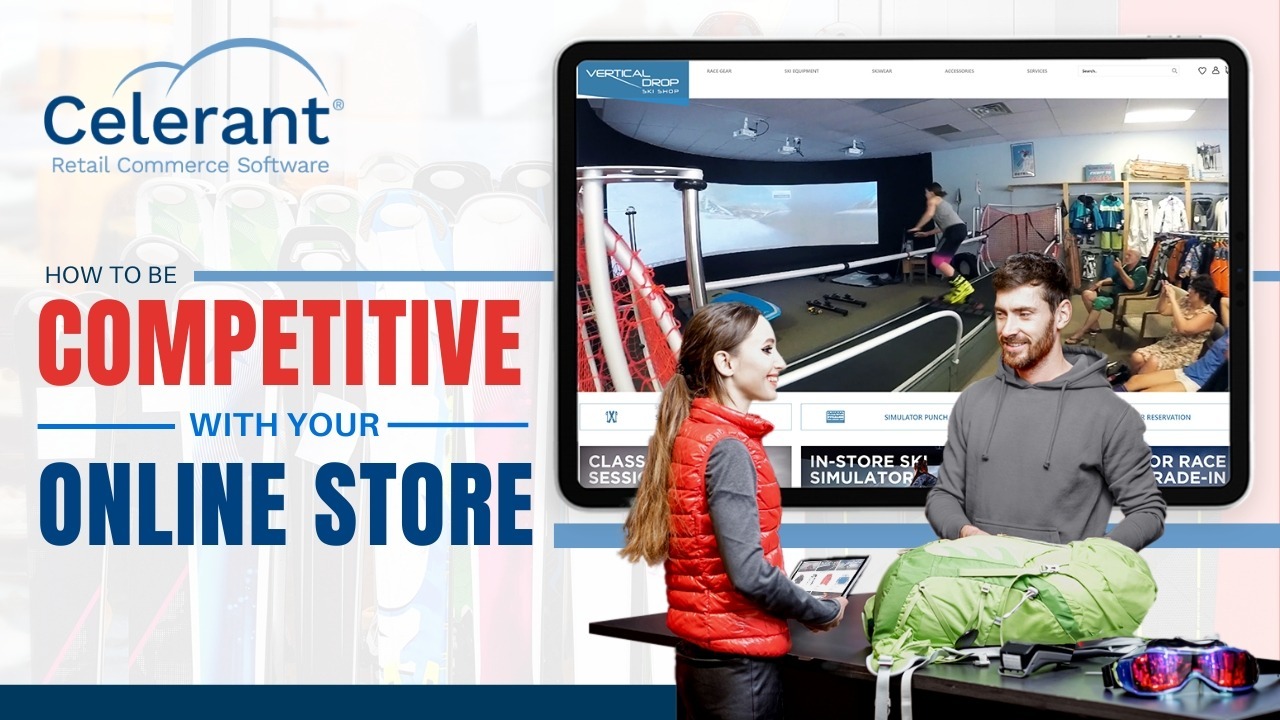Blog
How To Be Competitive with Your Online Store
October 25, 2018 / 6 minute read / By Robert Josefs

Blog

As online shopping becomes more popular, retailers face increasing competition. The ability to buy products from the comfort of home is a major advantage for online retailers.
To stay ahead of the competition, retailers need to understand and use the latest online retail best practices. While the best strategy may vary depending on the type of retail business, there are some common elements that all retailers should focus on, such as:
All these elements help drive traffic and sales to your eCommerce website.And in this blog, we are talking all about this and more.
When designing your online store, make sure you are making it easy for shoppers to find what they’re looking for and to make a purchase. Here are three key steps you can take to make your online store more user-friendly:
By making your online store easy to use, you can encourage customers to return for more and help your business thrive in the competitive eCommerce landscape.
When developing a strategy, it is important to consider the type of business you are running and the type of customers you are trying to reach. There is no one-size-fits-all strategy, but there are four key areas that you as a retailer should focus on:
| Key Area | Description | Example |
|---|---|---|
| Disruption | How much will your strategy disrupt the existing retail landscape? | A new online retailer that offers a completely different shopping experience than traditional brick-and-mortar stores. |
| Architecture | What type of business model will you use? | A subscription-based model that allows customers to access a wide variety of products and services for a monthly fee. |
| Routine | How will you consistently develop new products and services? | A software company that releases new versions of its flagship product every year. |
| Radicalization | How innovative will your products and services be? | A new type of technology that has the potential to revolutionize an industry. |
By developing an innovation strategy that takes into account all four of these key areas, you can increase your chances of success in the competitive eCommerce landscape.
One of the most important technologies that retailers need to keep up with is POS (Point of Sale) system.It consists of both hardware and software, and it is important to choose a POS software provider that is constantly innovating and keeping up with the latest changes in the industry.
There are two main types of POS software: on-premise and cloud-based.
While on-premise POS software requires the retailer to purchase and maintain the software on their own computers and machines. Cloud-based POS software is hosted on the cloud, so the retailer does not need to worry about maintaining the software or hardware.
The main advantage of cloud-based POS software is that it is easier to use and manage than on-premise POS software. This is primarily because the cloud-based POS provider takes care of all of the maintenance and updates for the software. It is also more affordable than on-premise POS software.
In addition to using the right POS software, retailers should also stay up-to-date with other emerging technologies, such as mobile payments and artificial intelligence. As that can help retailers improve their customer service, efficiency, and profitability.
In the competitive eCommerce landscape, success goes beyond just selling products; it’s about crafting an exceptional customer experience, adapting to evolving trends, and embracing technological advancements. To thrive as an online retailer, you need to:
If you are trying to figure out how an all-in-one SaaS retail POS software can help you stay ahead of the competition, get in touch with our team today.
See our software in action.